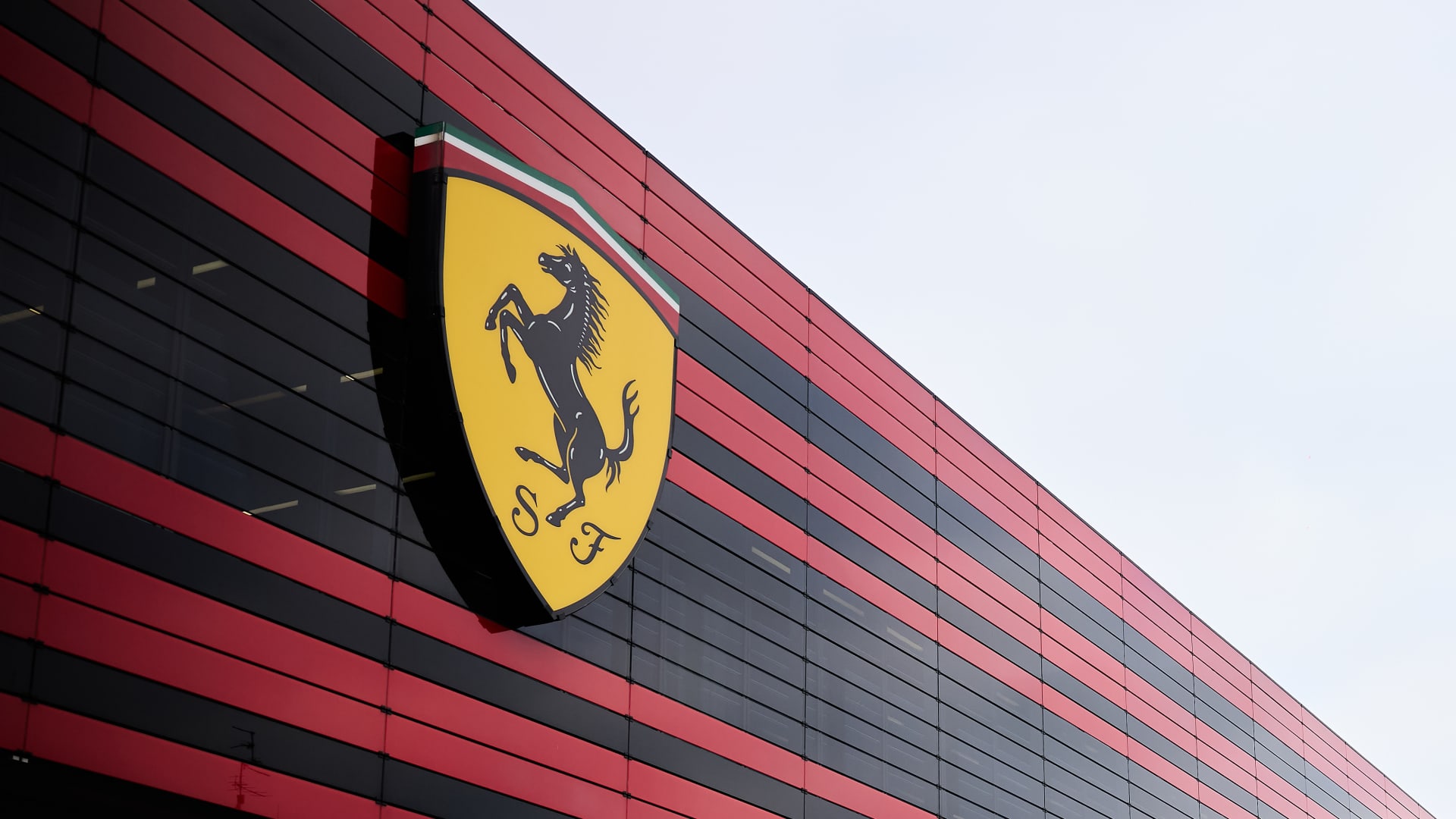Ferrari’s Strategic Maneuvering in the Face of U.S. Auto Tariffs
Ferrari, the legendary name synonymous with luxury and speed, has recently traversed a challenging terrain marked by U.S. auto tariffs. The company’s strategic maneuvers in response to these tariffs provide an illuminating case study in corporate agility and resilience. This report explores the intricacies of Ferrari’s actions, their potential repercussions, and the broader implications for the automotive sector.
A Strong Start to the Year
Ferrari kicked off the year with a remarkable performance, reporting a substantial increase in first-quarter profit. This surge was primarily driven by the high demand for customized vehicles, a niche that Ferrari has expertly carved out for itself. The Maranello-based manufacturer’s impressive financial figures, showcasing a 17% leap in first-quarter profit, underscored the company’s prowess in leveraging its brand’s prestige and the allure of its high-end, tailor-made cars.
The strong product mix and the growing appetite for personalized touches, which are the cornerstones of Ferrari’s luxury offerings, were the key drivers behind this success. This performance set a solid foundation for Ferrari as it braced itself for the potential impacts of U.S. auto tariffs.
Navigating the Tariff Landscape
Despite the positive financial results, Ferrari was swift to acknowledge the potential threats posed by U.S. auto tariffs. The company reaffirmed its financial targets for 2025 but issued a cautionary note about a potential 50 basis points reduction in profitability percentage margins (EBIT and EBITDA margins). This statement shed light on the tightrope Ferrari had to walk—to sustain growth while cushioning the blow of external economic factors.
The company’s proactive approach to scenario planning was evident in its CEO’s statements, highlighting Ferrari’s readiness to tackle potential challenges head-on. This forward-thinking strategy is vital in an industry where external forces like tariffs can significantly sway profitability.
Adapting Prices and Market Strategy
In response to the tariffs, Ferrari took a decisive step by announcing a price hike of up to 10% for some models in the U.S. This increase, effective from April 2, marked the first significant move by a European auto manufacturer in response to the Trump administration’s tariffs. The price adjustments were strategically designed to counteract the financial strain imposed by the tariffs, ensuring that Ferrari could uphold its profitability margins.
Ferrari’s customer base, particularly in the U.S., is known for its loyalty and appreciation for the brand’s exclusivity. Bernstein analysts pointed out that Ferrari’s customers are unlikely to be dissuaded by higher prices, given the brand’s prestige and the unique value it offers. This pricing power is a testament to Ferrari’s robust brand equity and the unwavering loyalty of its clientele.
Maintaining Financial Targets and Long-Term Vision
Ferrari’s steadfast commitment to its 2025 financial targets, despite the looming tariffs, reflects the company’s confidence in its long-term strategy. The luxury carmaker’s proactive stance in scenario planning and its ability to adapt to changing market conditions are crucial in an industry where external factors can significantly impact profitability.
Ferrari’s approach to tariffs is not just about immediate financial adjustments but also about maintaining a long-term vision. The company’s focus on innovation, customer experience, and brand exclusivity will continue to drive its success, even in the face of economic headwinds.
Industry Ripples and Competitive Dynamics
The automotive industry is keenly observing Ferrari’s moves, as the company’s response to tariffs could set a precedent for other luxury carmakers. European and American carmakers stand to lose up to 17% of their combined annual core profits if the U.S. imposes import tariffs on Europe, Mexico, and Canada. Ferrari’s ability to weather the tariff storm without significantly denting its sales and profits is a testament to its strong market position and strategic acumen.
As the industry grapples with the potential impacts of tariffs, Ferrari’s approach serves as a benchmark for other luxury brands. The company’s resilience and adaptability in the face of external challenges highlight the importance of a strong brand and a loyal customer base.
Conclusion: Ferrari’s Enduring Appeal and Future Trajectory
Ferrari’s strategic response to U.S. auto tariffs is a testament to the company’s resilience and strategic foresight. By raising prices and maintaining its financial targets, Ferrari has demonstrated its ability to navigate external economic challenges while continuing to deliver value to its shareholders and customers.
The luxury carmaker’s strong brand equity and customer loyalty are key assets that will help it endure the tariff storm and emerge stronger. As the automotive industry continues to evolve, Ferrari’s approach to tariffs serves as a blueprint for other luxury brands. The company’s journey through the tariff landscape is a story of resilience, innovation, and an unwavering commitment to excellence.
Ferrari’s enduring appeal lies in its ability to adapt and thrive in a changing market landscape. The company’s strategic maneuvers in response to U.S. auto tariffs underscore its position as a leader in the luxury automotive sector. As Ferrari continues to innovate and captivate its customers, its future trajectory remains bright and promising.








